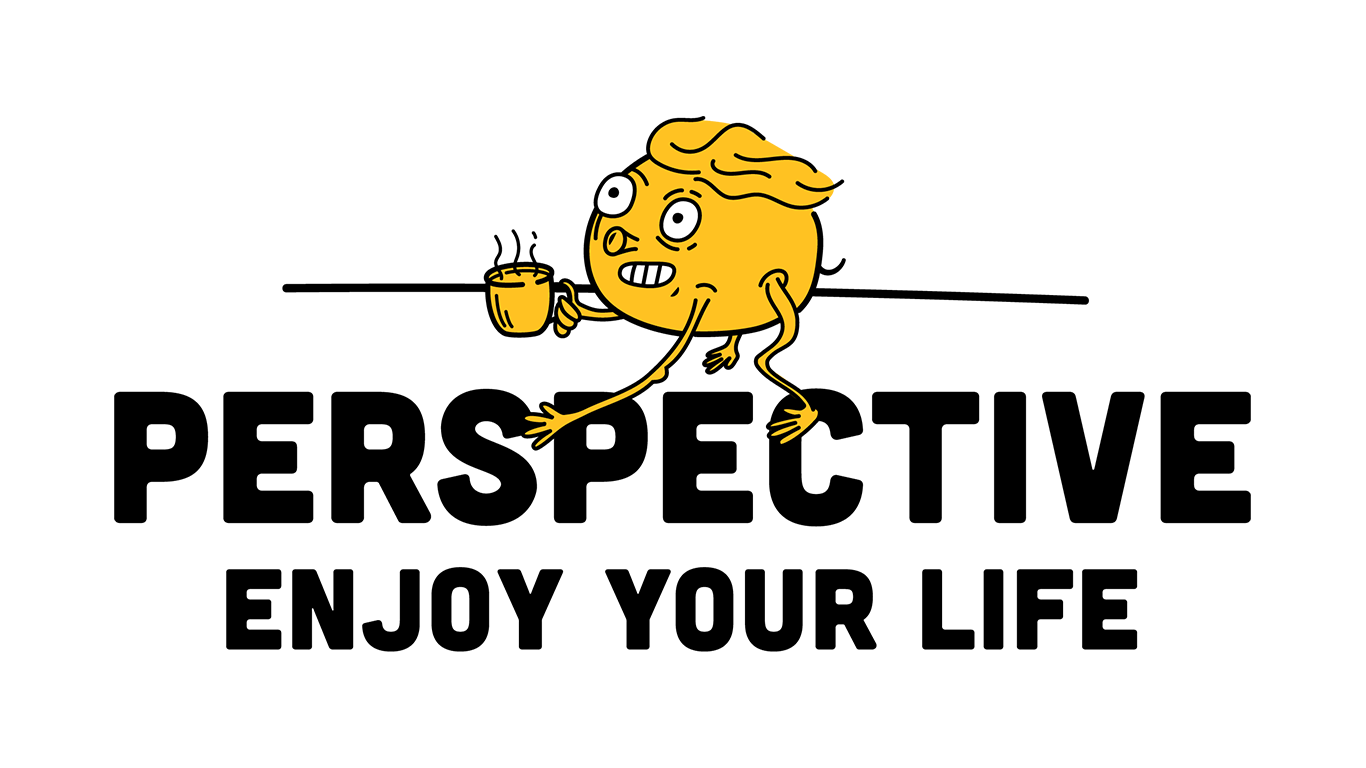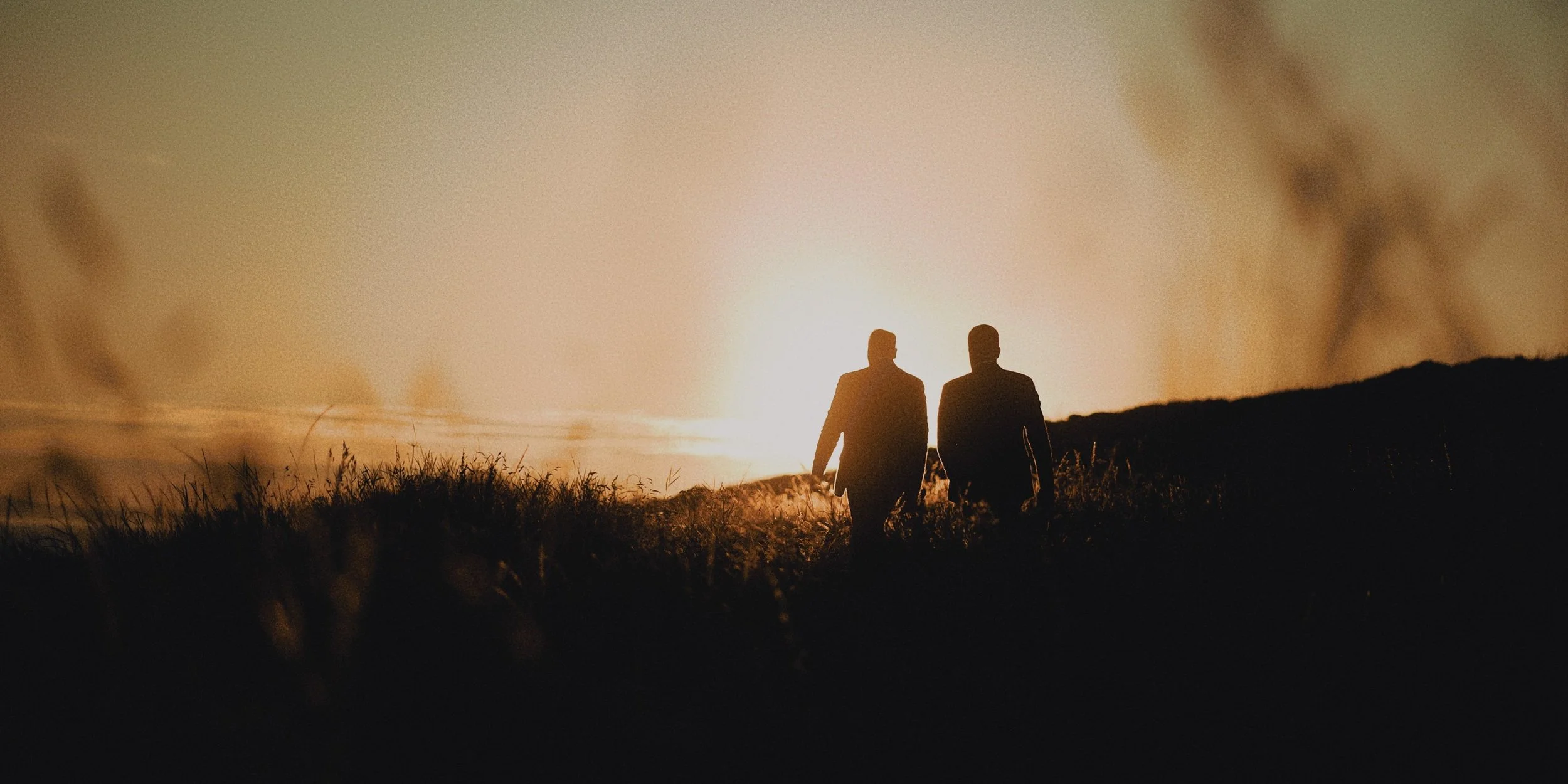Shaking Things Up: Authenticity in Wedding Storytelling
A Fresh Perspective on Wedding Storytelling
If you’ve been following our blog, you’ll know we’re all about shaking up the wedding filmmaking scene. But while our focus is on filmmaking, the ideas we explore here are just as relevant for wedding photographers. We’re moving beyond the standard highlight-reel approach to capture the full range of emotions that make each wedding day truly unforgettable. Whether you’re behind a video camera or a still camera, these practical techniques will help you bring authenticity to life, creating visuals that are raw, real, and uniquely tailored to each couple.
Why Authentic Wedding Films Are So Important
Let’s be honest—wedding films can sometimes feel a bit predictable. Perfect smiles, dreamy lighting, and emotional vows are lovely, but where’s the depth? We believe wedding films should go beyond just a polished montage to tell the whole story. From the nerves before the ceremony to the wild, joyous chaos on the dance floor—it’s the authenticity that really resonates with audiences.
This brings us to a crucial point: Have you ever watched a Hollywood blockbuster and thought, "Why does this look so clean and almost fake?" The pursuit of ultra-high-definition images with 4K, 6K, and even 12K cameras has revolutionised filmmaking, but it’s also led to images that sometimes feel too perfect, too polished. We’re drawn to films like The Batman or The Lord of the Rings because of their gritty, authentic feel—something that modern digital filmmaking often misses.
By embracing this approach, you’re not just making pretty films; you’re crafting timeless stories that stand out in a crowded market. Authenticity is what makes your work memorable and meaningful to your clients.
Creative Techniques for Unique Wedding Storytelling
To make your wedding storytelling unforgettable, it’s not just about what you shoot, but how you shoot it. Here are some ways we create that cinematic magic while keeping things real.
Composition: Framing the Story
Great composition does more than just make a shot look good—it adds emotion and meaning. Here’s how to make your frames more intentional:
Use Natural Frames – Doorways, windows, tree branches—these elements help frame your subjects naturally and create depth. Think of capturing a bride through a slightly open door; it adds intimacy and anticipation.
Foreground Elements – Shooting through flowers, candles, or even guests gives your shots a layered, immersive feel, as if the viewer is right there in the moment.
Leading Lines – Whether it’s an aisle, a row of chairs, or architectural elements, use lines in the environment to guide the viewer’s eye towards the main subject. It’s a subtle way to add impact to your shots.
Play with Light and Shadow: Creating Mood and Drama
Light is one of the most powerful storytelling tools. The way you use it can completely shift the mood of a scene:
Golden Hour Magic – That soft, warm light just before sunset is perfect for romantic, dreamlike shots.
Silhouettes for Drama – Shooting against a bright background, like a sunset or a lit window, creates stunning silhouettes that strip a moment down to pure emotion.
Shadow Play – Shadows add texture and mystery. A half-lit face can create a beautiful, introspective moment.
Directional Light – Positioning your light source to the side or behind your subject adds depth and makes the shot feel more natural and cinematic.
Move with Purpose: Intentional Camera Movement
Handheld shooting offers flexibility, but it’s essential that your movements are intentional. How you move the camera should reflect the mood and energy of the scene:
Slow, Steady Movements: Use slow, smooth movements to create a sense of calm and serenity. For instance, gently tracking a bride as she walks through a garden can evoke feelings of grace and elegance.
Quicker, Dynamic Shots: For more energetic scenes, like a lively reception or dance floor, quicker camera movements add excitement and vitality. A sudden zoom or quick pan can inject energy into the film, matching the upbeat atmosphere of the moment.
Reveals: Use camera movement to reveal details gradually, adding surprise or anticipation. For example, starting with a tight shot of the groom’s shoes and slowly tilting up to reveal his nervous expression builds emotional tension.
Master Depth of Field: Focusing Your Story
Depth of field is a powerful tool that helps direct the viewer’s attention exactly where you want it, especially as a wedding creative:
Shallow Depth of Field: By using a shallow depth of field, you can isolate your subject from the background, drawing attention to their emotions and expressions. This is particularly effective in close-up shots, where the focus on a bride’s tear-filled eyes or a groom’s nervous smile conveys deep emotion.
Deep Depth of Field: Conversely, a deeper depth of field can include more of the environment in focus, connecting the subject to their surroundings. This is useful for establishing shots or moments where the setting plays a crucial role, like capturing a couple standing before a breathtaking landscape or amidst the grandeur of a cathedral.
Selective Focus: Play with selective focus to create layers of meaning within a single shot. For example, focusing on the bride’s hands as she nervously adjusts her ring, while the groom’s blurred figure stands in the background, conveys anticipation and emotional depth.
Capture the Little Moments: The Heart of the Story
Weddings are full of big moments, but it’s often the small, seemingly insignificant ones that carry the most emotional weight. These are the moments that give your film its heart and soul:
Candid Glances: Look for unguarded moments—a glance, a smile, a tear—that happen between the big events. These candid shots capture the true emotions of the day and add authenticity to your film.
Subtle Gestures: A hand reaching out to hold another, a mother smoothing her child’s hair, a nervous groom adjusting his tie—these small gestures speak volumes about the relationships and emotions at play. By capturing these details, you add layers of meaning to your film.
Quiet Interludes: Don’t overlook the quiet, in-between moments when nothing much seems to be happening. These can be some of the most powerful, as they often reveal the inner emotional landscape of your subjects. A bride sitting alone, lost in thought before the ceremony, can be just as compelling as the vows themselves.
Building Emotional Peaks with Detail Shots
Creating emotional peaks in your wedding films involves building tension and anticipation. One of the best ways to do this is by focusing on detail shots:
Hold Back the Reveal: During the bride’s preparations, focus on the details—her dress, the veil, the delicate lace—without showing her face too early. This builds anticipation, making the moment she’s finally revealed even more powerful.
Abstract Shots: Don’t just focus on the obvious. Look for abstract angles that convey the emotion of the moment without being literal. A close-up of the groom’s hand gripping his chair or the bride’s fingers tapping nervously on her bouquet adds layers to the story, creating emotional depth that resonates with viewers.
Editing with Crescendo in Mind: Approach your editing like composing a piece of music, with rising and falling action. Use detail shots to build tension and anticipation, leading up to big reveals and emotional highs. This keeps viewers engaged and makes the film feel like a journey, rather than just a collection of pretty clips.
The Power of Colour Grading
Finally, colour grading is the finishing touch that can completely transform the look and feel of your wedding films:
Darker Tones for Drama: We love using darker tones to add emotional depth. Playing with shadows and lowering exposure creates a moody, immersive atmosphere that draws viewers into the story.
Let the Colours Shine: Recently, we’ve shifted towards letting natural colours come through, especially when they enhance the authenticity of the scene. Finding the right balance ensures that the colours add to the emotion without overpowering the real-life beauty of the day.
Balanced Tones: While warm tones still have their place, we’re using them more strategically now. It’s about balancing warmth with reality, making sure the colours complement the moment rather than dominate it. The result is a film that’s both aesthetically pleasing and true to life.
Redefining Wedding Filmmaking
At the end of the day, making wedding films that stand out is all about embracing authenticity, getting creative with your shots, and using colour to set the mood. Whether you’re aiming for a raw, emotional vibe or something more polished, the key is to stay true to the story you’re telling.
So, to all the wedding filmmakers and photographers out there—don’t be afraid to break the mould, as it would appear that this has been forgotten. Push the boundaries, experiment with new techniques, and focus on capturing the real moments that make each wedding unique. Your couples will thank you for it, and your work will leave a lasting impression long after the wedding day is over.
By focusing on authenticity and creativity, you’ll not only elevate your wedding films but also attract clients who value these qualities. In a crowded market, your unique approach will help your business stand out and thrive.
If you found this blog helpful, consider joining us on YouTube and Instagram @perspectivebycinemate and feel free to reach out for support. Together, we can navigate these challenges and continue creating awesome work!
Stay positive, keep creating and in the meantime… ENJOY YOUR LIFE!
Simon
Cinemate



















